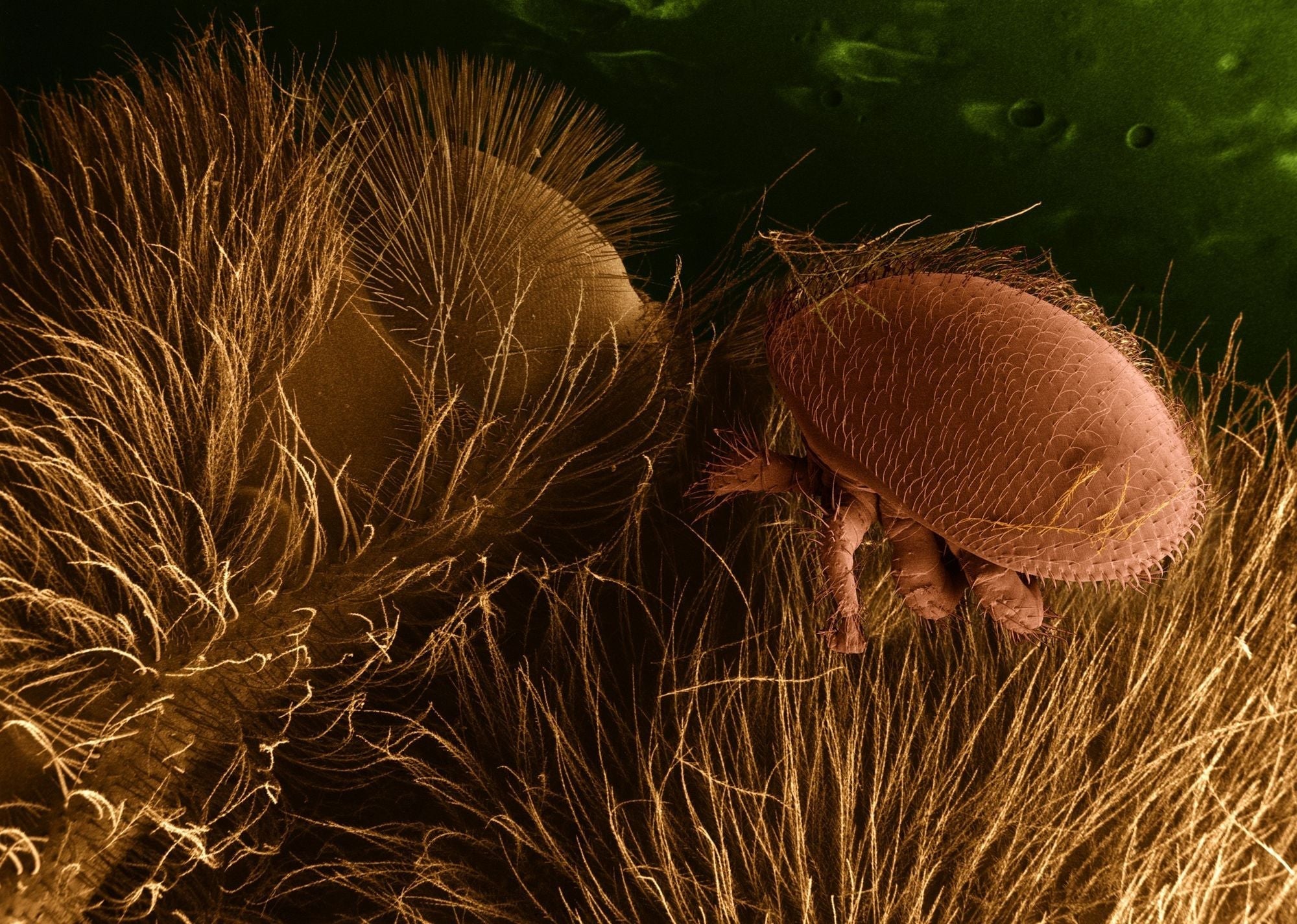Varroa Surveillance Planning: Building Your Early Warning System
- Systematic surveillance planning
- Prevent false security
- Early detection strategies
- Record keeping requirements
Building Your Varroa Early Warning System
Random varroa checking is like playing Russian roulette with your hives. You might get lucky for a while, but eventually, your luck runs out. Smart beekeepers don't rely on luck – they build systematic surveillance programs that catch varroa early, when treatment is most effective.
Think of surveillance planning as your insurance policy. A well-designed program gives you confidence that you'll detect varroa before it becomes a colony-killing problem.
The Danger of False Security
Here's the scary truth: poor surveillance is worse than no surveillance at all. When you check haphazardly and don't find varroa, you might think you're safe when you're actually sitting on a time bomb. This false sense of security can cost you entire apiaries.
The Seven Pillars of Effective Surveillance
1. Know Your Hive Locations
Every hive needs individual identification and location tracking. Use numbered tags, painted numbers, or barcodes – whatever system works for you. The key is consistency.
2. Plan Regular Spot Checks
Don't wing it. Create a schedule and stick to it:
- Fewer than 8 hives: Check them all
- Larger apiaries: Check 25% of hives
- Rolling programs work better than monthly blitzes
3. Choose Your Methods Wisely
Different methods have different strengths. Understand what each can and cannot detect:
- Alcohol washes: Best for monthly low-risk surveillance
- Sugar shakes: Great for gentle monitoring
- Sticky boards: Excellent for continuous high-risk surveillance
- Drone brood checks: Perfect complement to other methods
4. Master Your Record Keeping
Records aren't just paperwork – they're your early warning system. Track locations, check dates, results, and any observations.
5. Engage Your Neighbors
Varroa doesn't respect property lines. Work with neighboring beekeepers to create a community surveillance network.
6. Follow Biosecurity Laws
Know your local requirements and follow them religiously. Report abandoned hives and maintain movement records.
7. Know Your Action Plan
What happens when you find varroa? Have your response plan ready before you need it.
Understanding Varroa Morphology
Know what you're looking for:
Female Varroa (seen in washes and on sticky boards):
- 1.1mm long, 1.5mm wide
- Flattened, oval-shaped bodies
- Dark brown to reddish color
- Hard, protective outer shell
Male Varroa (seen in brood inspections):
- 0.7mm long, 0.9mm wide
- Rounded bodies
- Yellow to white color
- Never seen as phoretic mites
Sample Surveillance Protocols
For Hobbyist Beekeepers:
- Register all hives with authorities
- Check DPI website for Emergency Zones
- Begin monthly alcohol washes of all hives
- Keep detailed records of all results
- Monitor outbreak information regularly
- Report any mites immediately
For Commercial Beekeepers:
Commercial operations need customized approaches. Contact the Ecrotek Australia team for specific guidance tailored to your operation size and requirements.
Summary of Key Takeaways
- Systematic surveillance prevents false security and catches varroa early
- Seven pillars provide comprehensive framework for effective monitoring
- Record keeping and neighbor coordination are essential components
- Different surveillance methods have specific strengths and applications
Ready to Protect Your Hives?

Ecrotek Australia provides the tools and expertise you need for effective varroa management. From detection kits to treatment options, we're here to help you keep your colonies healthy and productive.
Shop Varroa TreatmentsOr contact our team today for personalised advice on varroa management solutions for your beekeeping operation.


